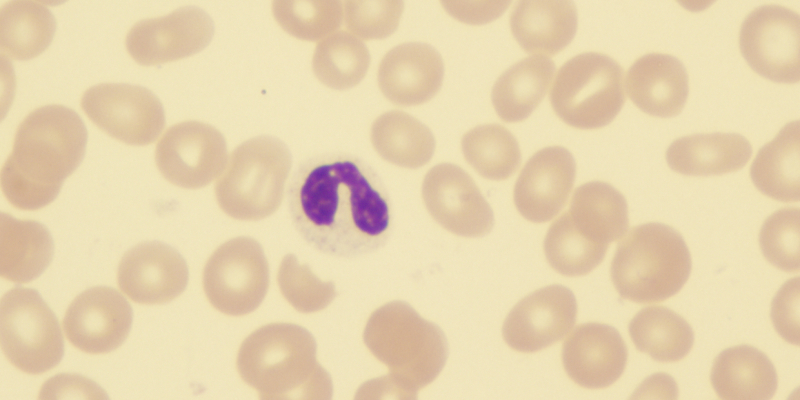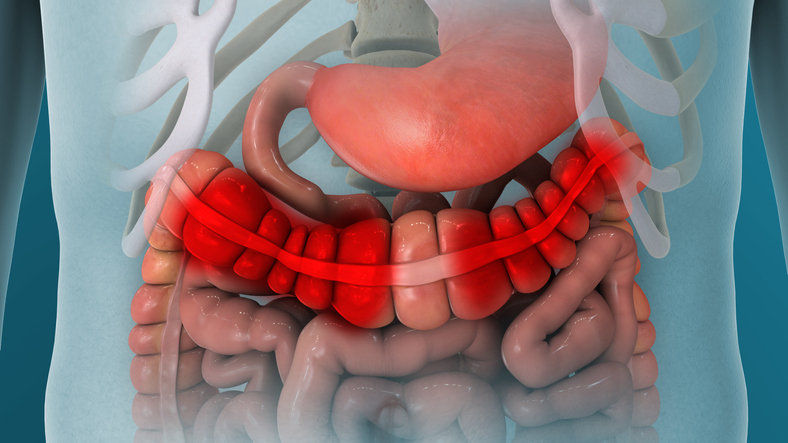
Patients aged 80 years and older and the lowest-risk patients with myelodysplastic syndromes (MDS) are “more likely to die from competing causes” than other patients with MDS, according to a recent study.
Krzysztof Mądry, MD, of Warszawa Medical University in Poland, and colleagues conducted the study because “information on causes of death and the impact of [MDS] on survival in patients with lower-risk MDS is limited.”
It was important to conduct the study because “a better understanding of the relationship between disease characteristics, clinical interventions and [causes of death] may improve outcomes of patients with [lower-risk] MDS,” the researchers wrote.
Dr. Mądry and colleagues prospectively collected data on patients with lower-risk MDS from the European MDS registry between 2008 and 2019. They evaluated 2,396 subjects, 37.5% of whom died, with a median overall survival of 4.7 years and a median follow-up of 3.5 years.
The five-year overall survival (OS) rate was 47.3%, with a five-year relative survival rate of 59.6% “indicating that most patients died due to their underlying MDS,” Dr. Mądry and colleagues wrote.
The most common cause of death was acute myeloid leukemia/MDS, which occurred in 20% of patients. Other common causes of death included infection in 17.8% of patients, and cardiovascular disease in 9.8% of patients. Patients who had isolated del(5q) and who needed red cell transfusion needed during the disease course had a higher risk of fatal cardiovascular disease.
“This study shows that MDS and its related complications play crucial role in the outcome of patients with [lower-risk] MDS,” Dr. Mądry and colleagues concluded.
Reference
Mądry K, Lis K, Fenaux P, et al. Cause of death and excess mortality in patients with lower-risk myelodysplastic syndromes (MDS): A report from the European MDS registry. Br J Haematol. 2022. doi:10.1111/bjh.18542






 © 2025 Mashup Media, LLC, a Formedics Property. All Rights Reserved.
© 2025 Mashup Media, LLC, a Formedics Property. All Rights Reserved.